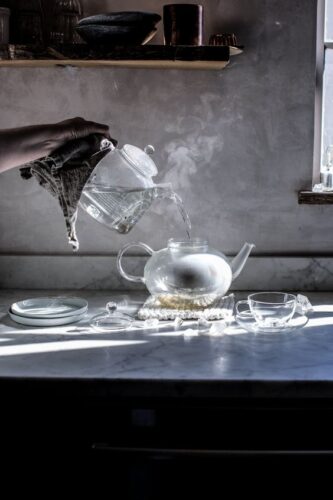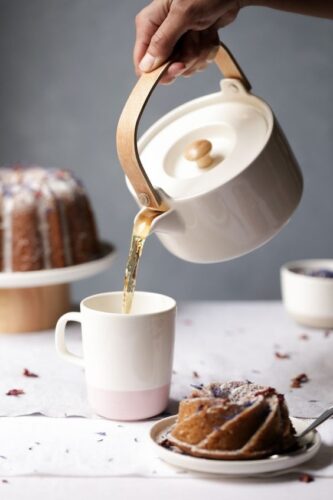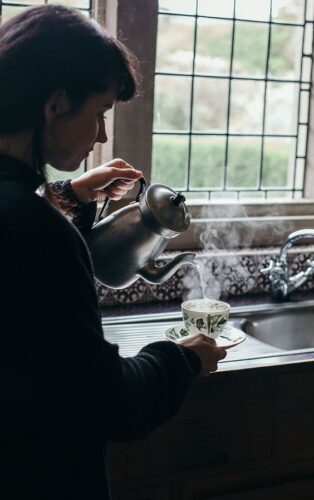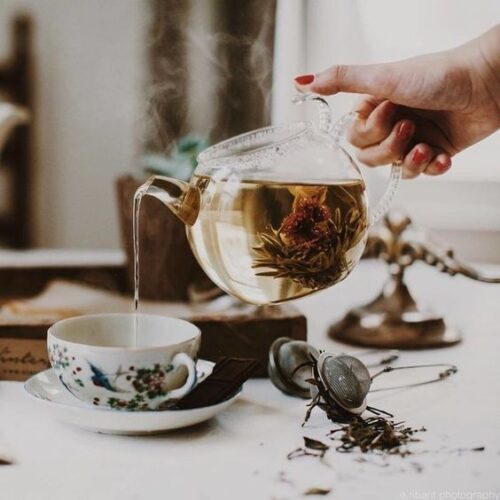At first glance, you may not know whether the green tea drinks we are drinking are truly Japanese or produced in Thailand. If it is not clearly stated, it is difficult to distinguish. However, it can be observed from the consumption characteristics, namely:
1. Many Japanese still think that green tea and sugar are incompatible and still prefer to consume plain green tea, which is the original taste like in ancient times. It is pure green tea that is very healthy. However, Thai people do not consume it this way. Therefore, Thai green tea has added sugar to adjust to Thai people’s preferences.
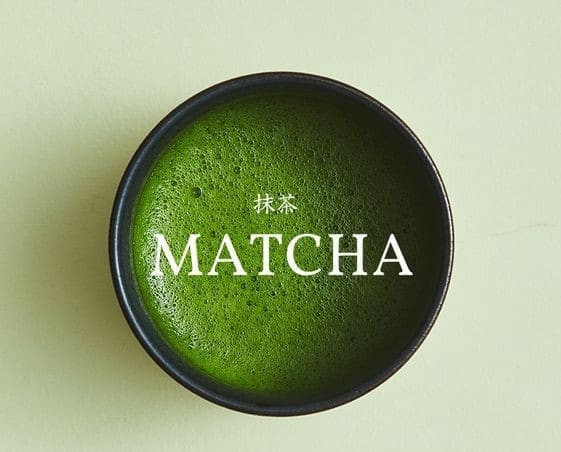
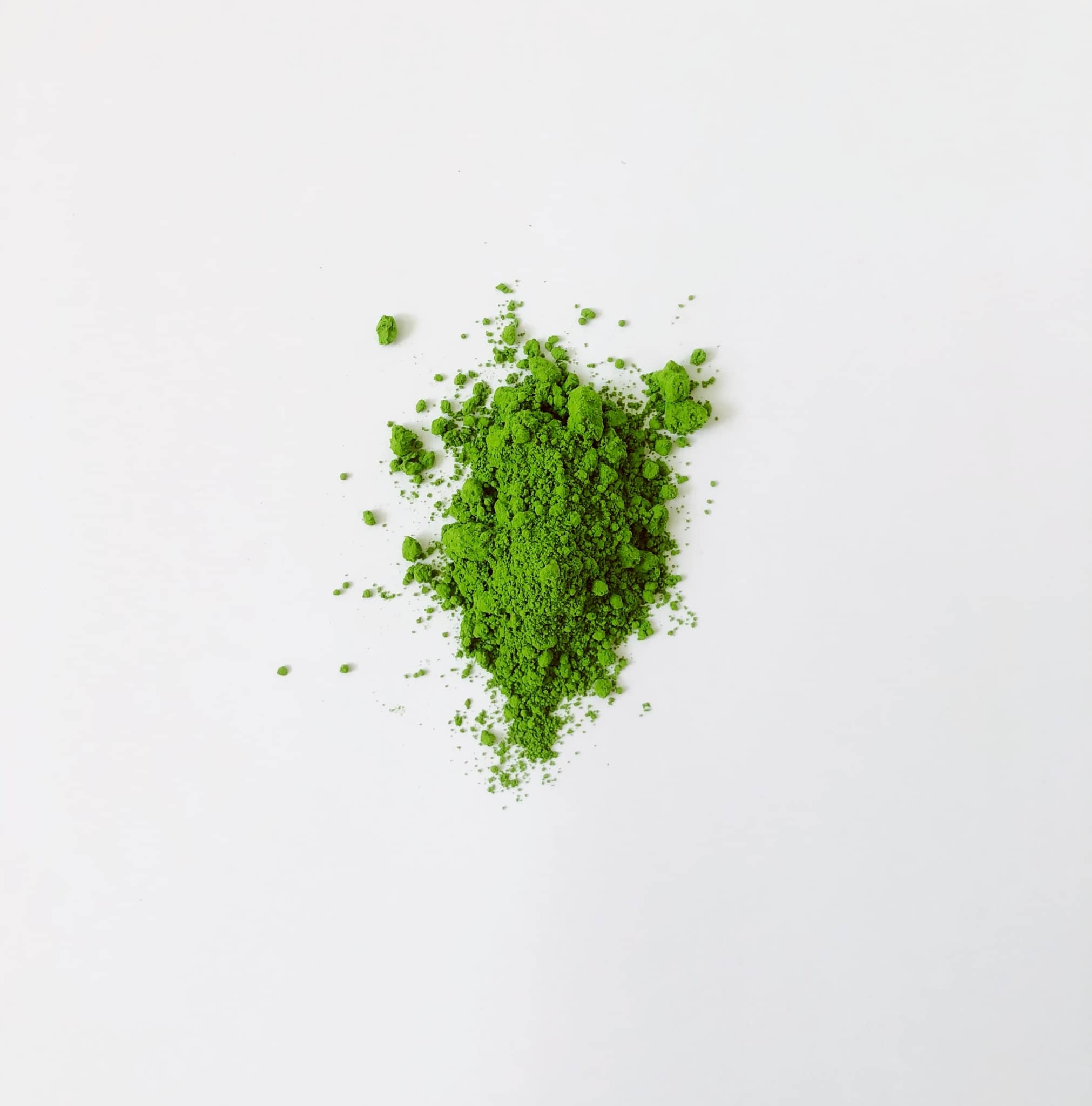
2. Japanese people have a meticulous way of making tea, which has led to a unique culture. Most Japanese people drink tea hot, but in Thailand, because the weather is hot, people prefer to drink it cold.
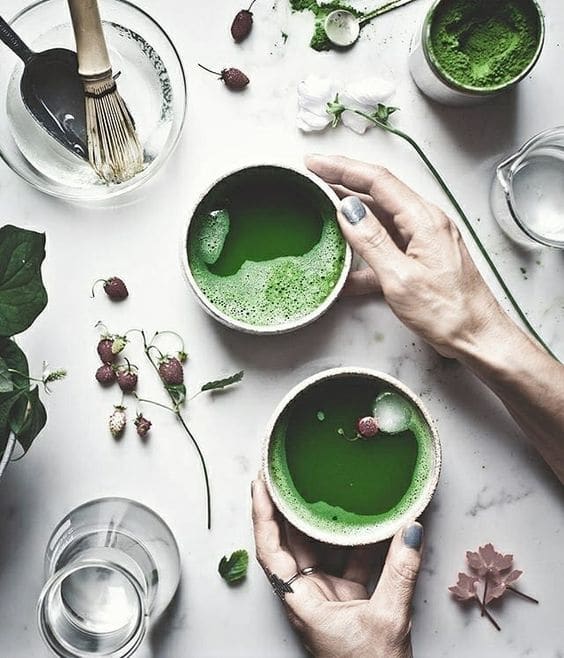
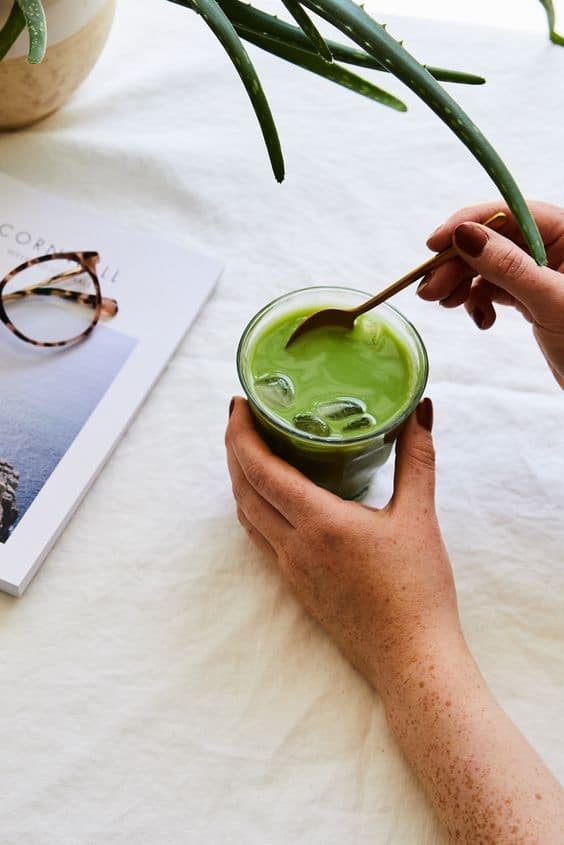
3. In terms of the green tea planting process in northern Thailand and Japan, due to different weather conditions, temperature, humidity, and altitude, the characteristics of the tea, color, smell, and taste are different and unique to each place. Most tea plants are planted at the beginning of the rainy season, around May-June, when the soil is moist enough. However, tea is a plant that requires high humidity and consistent humidity throughout the year to sprout. In Japan, tea sprouts better due to Japan’s climate, especially in Kyoto, a city surrounded by mountains, so it is not too hot and has the right amount of humidity. However, most Thai tea gardens still rely on natural rainfall as their main source, so the tea gardens have different yields depending on the amount of rainfall each year. This depends on the climate and the amount of rainfall.
4. Japanese green tea is not roasted on a pan like Thai green tea, but is heated by steaming and drying. Japanese green tea leaves are therefore bright green and the tea is naturally light green.
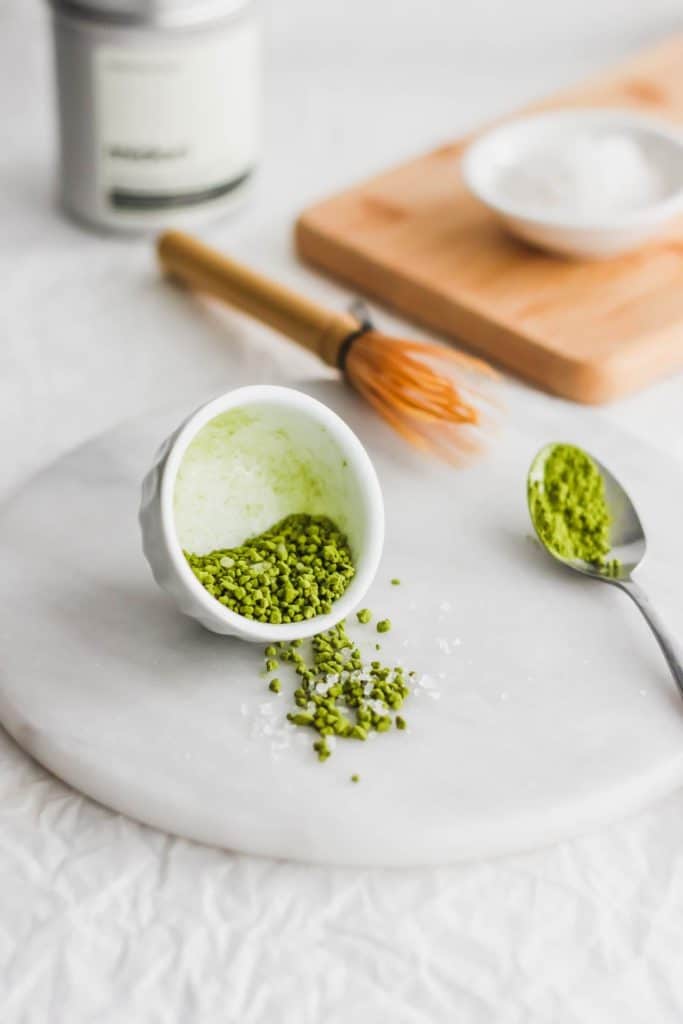
5. Many Thai green teas mix flour into the tea powder to increase the amount of tea powder, but the taste and color will also be diluted. Therefore, do not be surprised if you find green tea powder produced in Japan that is much more expensive than in Thailand. This is clearly seen in tea shops and beverages in the market. If you order a green tea drink, you will clearly see that the color of Thai green tea is light, similar to mint green.
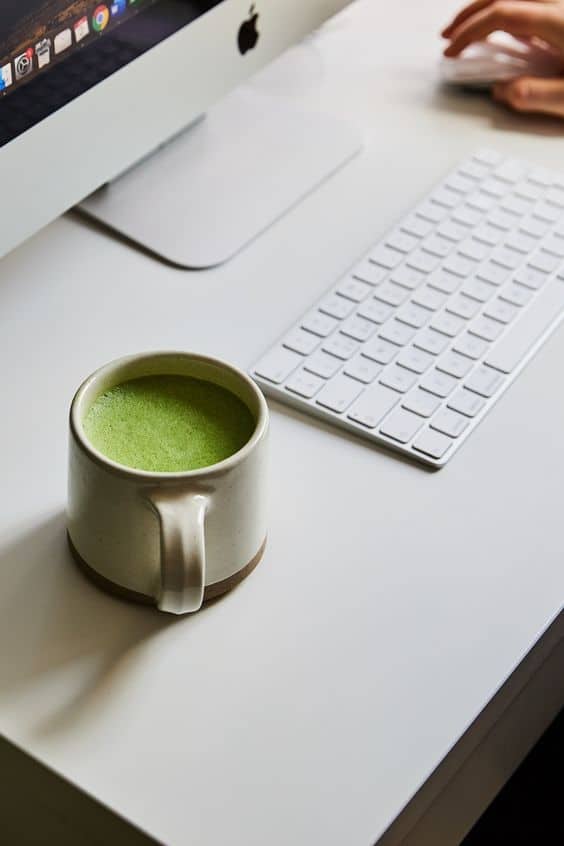
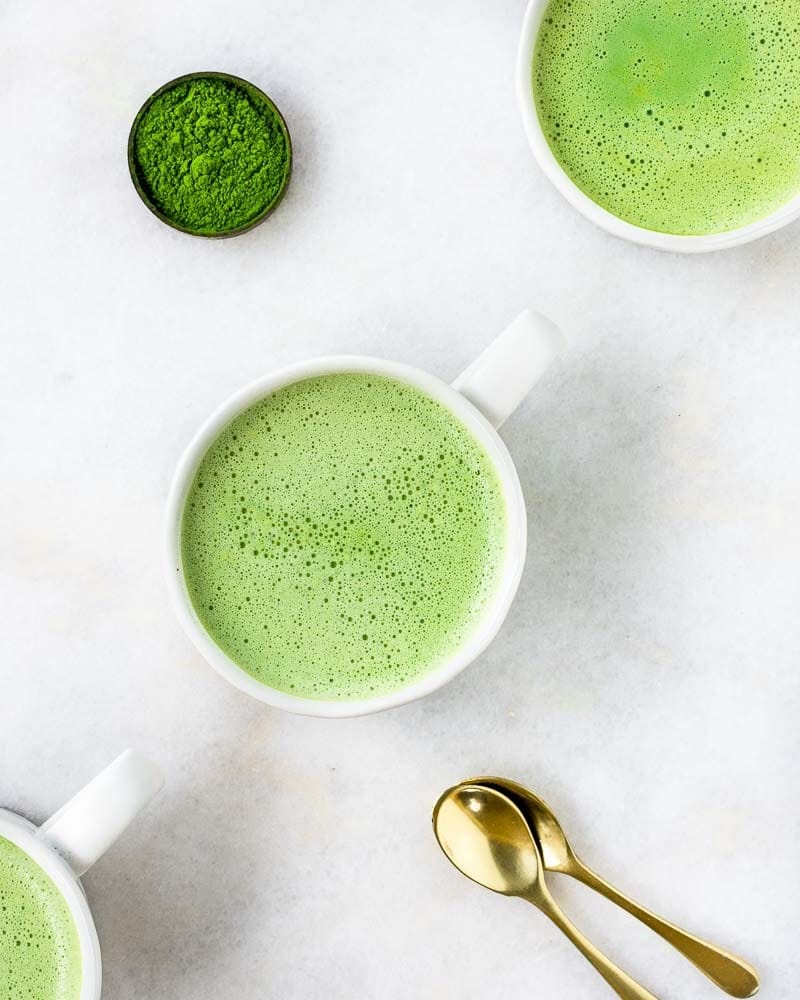
However, even though the quality of tea produced in Thailand may not be comparable to that of Japan, if you brew a drink according to the shop’s own recipe, it is another interesting option. But for any shop that wants customers to drink strong green tea, choosing green tea powder, a quality ingredient from the origin, will make the menu at the shop even more delicious.
Source
https://saihojimatcha.com/pages/saihoji-faqs
https://www.instagram.com/p/BgYv1pfHjgF/
https://nourishedkitchen.com/matcha-tea-latte
Article from: Fuwafuwa

